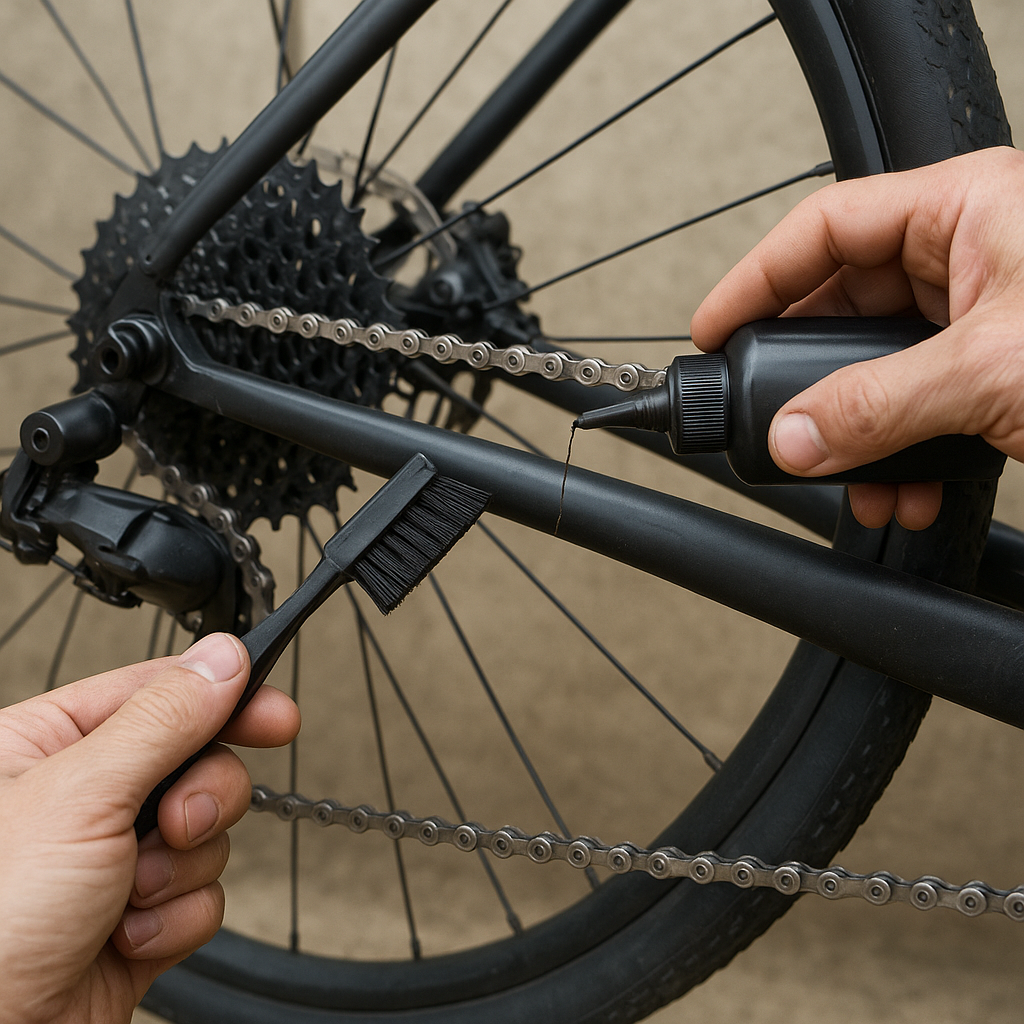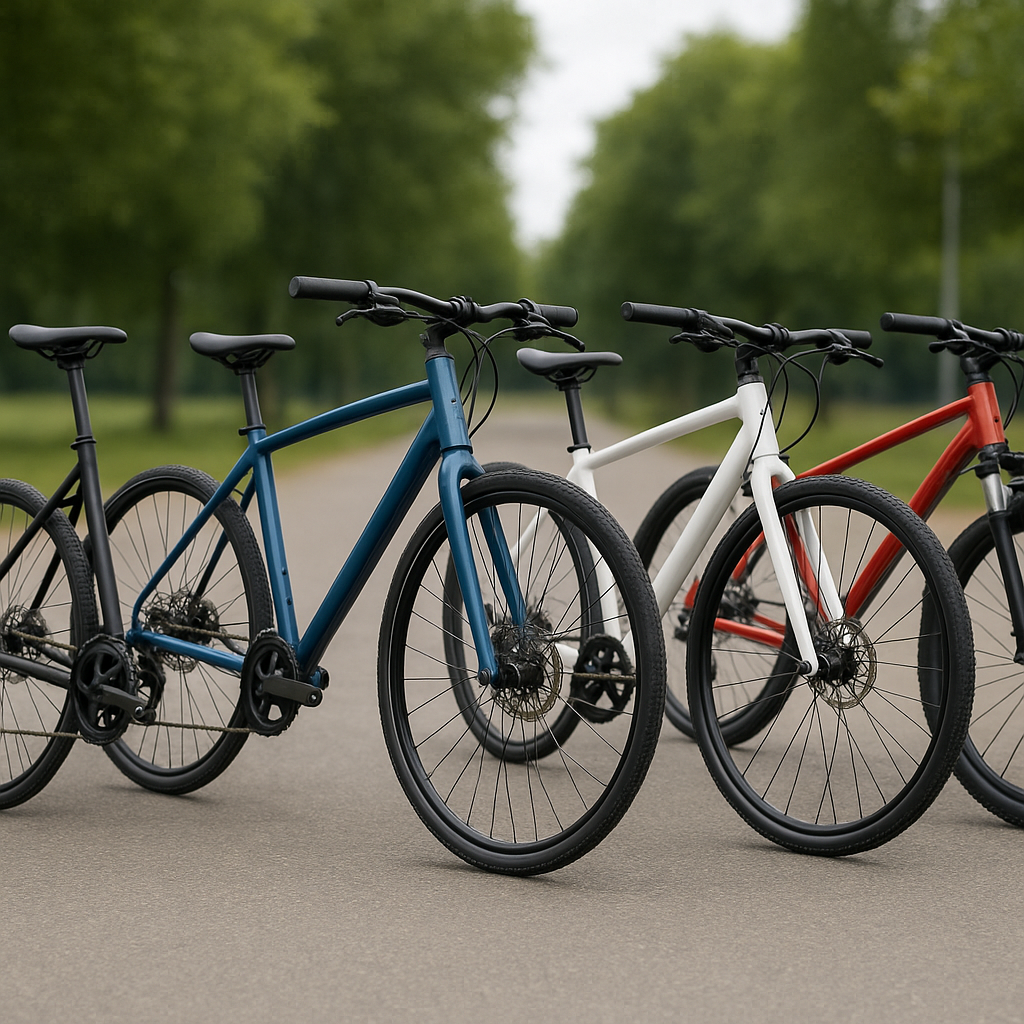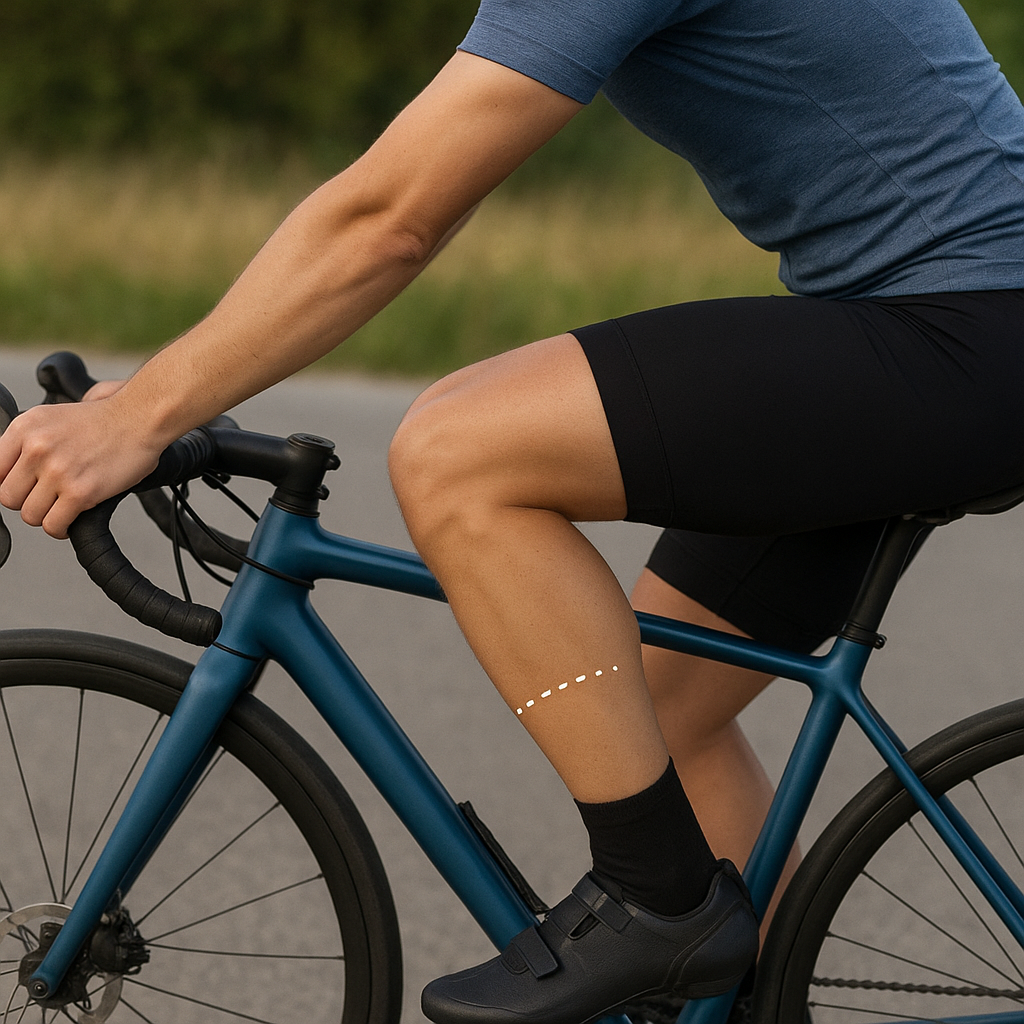Road racing bikes are designed with one primary goal in mind: speed. These bicycles are engineered to be lightweight, aerodynamic, and efficient, making them the ideal choice for competitive cyclists and enthusiasts who crave the thrill of high-speed riding. In this article, we will delve into the key features that make road racing bikes unique and explore the various components that contribute to their performance.
Design and Frame Materials
The design of a road racing bike is centered around minimizing weight and maximizing aerodynamics. The frame is the backbone of the bike, and its material plays a crucial role in determining the overall weight and performance. Common materials used in road racing bike frames include carbon fiber, aluminum, titanium, and steel.
Carbon Fiber
Carbon fiber is the most popular material for high-end road racing bikes due to its exceptional strength-to-weight ratio. It allows manufacturers to create frames that are both incredibly light and stiff, which translates to better power transfer and responsiveness. Additionally, carbon fiber can be molded into aerodynamic shapes, further reducing drag and enhancing speed.
Aluminum
Aluminum frames are known for their affordability and durability. While they may not be as light as carbon fiber, modern aluminum frames are still relatively lightweight and offer a good balance of performance and cost. They are also less prone to damage from impacts, making them a practical choice for many riders.
Titanium
Titanium frames are prized for their combination of light weight, strength, and comfort. Titanium is more flexible than carbon fiber and aluminum, providing a smoother ride over rough surfaces. However, titanium frames are often more expensive due to the material’s cost and the complexity of working with it.
Steel
Steel frames are less common in modern road racing bikes but are still favored by some riders for their classic feel and durability. Steel is heavier than other materials, but it offers a smooth ride and can be easily repaired if damaged. High-quality steel frames can also be quite competitive in terms of performance.
Components and Groupsets
The components of a road racing bike, collectively known as the groupset, include the drivetrain, brakes, and shifters. These components are critical for the bike’s performance and can vary significantly in terms of quality and price.
Drivetrain
The drivetrain consists of the chain, chainrings, cassette, and derailleurs. It is responsible for transferring power from the rider’s legs to the wheels. High-end drivetrains are designed to be lightweight, precise, and durable. They often feature advanced materials and technologies to reduce friction and improve shifting performance.
Brakes
Brakes are essential for controlling speed and ensuring safety. Road racing bikes typically use either rim brakes or disc brakes. Rim brakes are lighter and more aerodynamic, while disc brakes offer superior stopping power and performance in wet conditions. The choice between the two often comes down to personal preference and riding conditions.
Shifters
Shifters allow the rider to change gears smoothly and efficiently. Integrated shifters, which combine the brake and shift levers into a single unit, are standard on modern road racing bikes. High-quality shifters provide precise and reliable gear changes, which are crucial for maintaining speed and cadence during a race.
Wheels and Tires
The wheels and tires of a road racing bike play a significant role in its overall performance. Lightweight, aerodynamic wheels can make a substantial difference in speed and handling, while high-quality tires provide better grip and reduced rolling resistance.
Wheel Materials and Design
Road racing bike wheels are typically made from carbon fiber or aluminum. Carbon fiber wheels are lighter and more aerodynamic, making them the preferred choice for competitive racing. They can be designed with deep-section rims to further reduce drag. Aluminum wheels are more affordable and durable, making them a practical option for training and everyday riding.
Tire Types
There are several types of tires used in road racing, including clincher, tubular, and tubeless tires. Clincher tires are the most common and feature an inner tube that holds air. Tubular tires are glued directly to the rim and are favored by professional racers for their light weight and performance. Tubeless tires, which do not require an inner tube, offer lower rolling resistance and the ability to run at lower pressures for improved comfort and grip.
Aerodynamics and Riding Position
Aerodynamics is a critical factor in road racing, as reducing drag can significantly improve speed and efficiency. The design of the bike, as well as the rider’s position, plays a crucial role in minimizing air resistance.
Frame and Component Design
Modern road racing bikes often feature aerodynamic frame shapes, such as teardrop-shaped tubes and integrated seatposts, to reduce drag. Components like handlebars, stems, and seatposts are also designed with aerodynamics in mind. Even small details, such as the routing of cables and the shape of bottle cages, can impact the bike’s aerodynamic performance.
Riding Position
The rider’s position on the bike is equally important for aerodynamics. A lower, more aggressive riding position reduces the frontal area exposed to the wind, decreasing drag. This position is achieved through the use of drop handlebars, which allow the rider to tuck in and maintain a streamlined profile. Proper bike fitting is essential to ensure that the rider can maintain this position comfortably and efficiently.
Training and Performance
Owning a high-performance road racing bike is just one part of the equation. Training and conditioning are essential for maximizing the bike’s potential and achieving peak performance.
Structured Training Plans
Structured training plans are designed to improve specific aspects of a rider’s fitness, such as endurance, power, and speed. These plans often include a mix of long, steady rides, interval training, and strength workouts. Following a structured plan helps riders build the necessary fitness to compete at a high level.
Nutrition and Recovery
Proper nutrition and recovery are crucial for maintaining performance and preventing injury. A balanced diet that includes carbohydrates, proteins, and fats provides the energy needed for intense training sessions. Hydration is also essential, as even mild dehydration can negatively impact performance. Recovery strategies, such as stretching, massage, and adequate sleep, help the body repair and adapt to the stresses of training.
Conclusion
Road racing bikes are marvels of engineering, designed to be lightweight, aerodynamic, and fast. The choice of frame material, components, wheels, and tires all contribute to the bike’s performance. However, the rider’s training, nutrition, and riding position are equally important in achieving success on the road. Whether you’re a competitive racer or a passionate enthusiast, understanding the intricacies of road racing bikes can help you make informed decisions and get the most out of your cycling experience.












